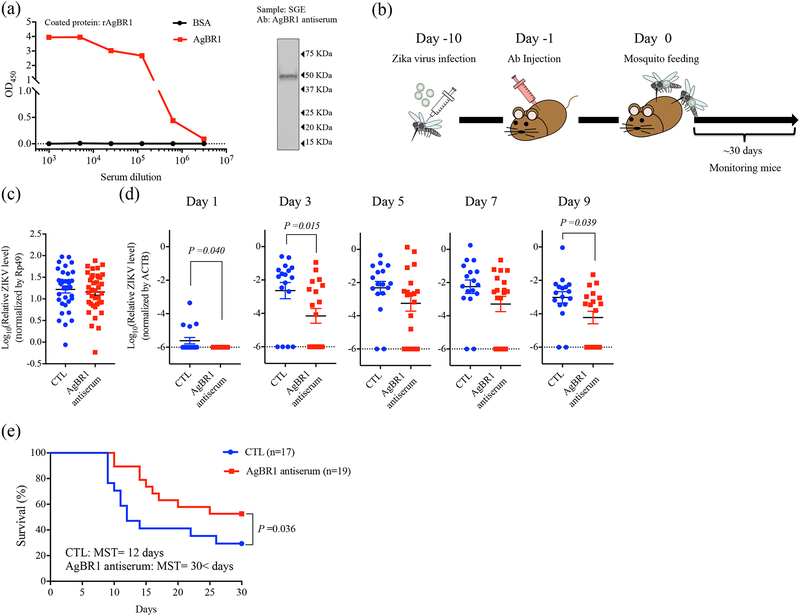Figure 2. AgBR1 antiserum protects mice from mosquito-borne Zika virus infection.
(a) AgBR1 antiserum recognized recombinant AgBR1 protein as confirmed by ELISA (left panel) and naïve AgBR1 in salivary gland extract (SGE) as confirmed by immunoblot (right panel). Data are representative of three independent experiments with similar results. (b) Workflow of passive immunization and mosquito-borne Zika virus infection. (c)Zika virus RNA levels in the salivary glands at 10 days after intrathoracic injection. n=34 (Control) or 38 (AgBR1 antiserum) biologically independent samples pooled from five separate experiments. Data represent mean ± s.e.m. (d) Zika virus RNA levels in blood in mice. Data represent mean ± s.e.m. Each data point represents one mouse. Normalized viral RNA levels were analyzed using two-sided Wilcoxon–Mann–Whitney test. n=17 (Control) or 19 (AgBR1 antiserum) biologically independent samples pooled from five separate experiments. (e) Survival and median survival time (MST) were assessed using the Gehan-Wilcoxon test. n=17 (Control) or 19 (AgBR1 antiserum) biologically independent samples pooled from five separate experiments.

